- Home
- About Us
- Hydronic Heating & Cooling
- Commercial & Domestic Hot Water
- Products
- Contact Us
- Home
- About Us
- Hydronic Heating & Cooling
- Commercial & Domestic Hot Water
- Products
- Contact Us
In the quest for optimum comfort and energy efficiency, radiant floor cooling has emerged as a promising alternative to conventional cooling methods. Harsh weather and frigid temperatures can make your floors uncomfortable. But radiant floor cooling offers an energy-efficient way to cool your house in summer.
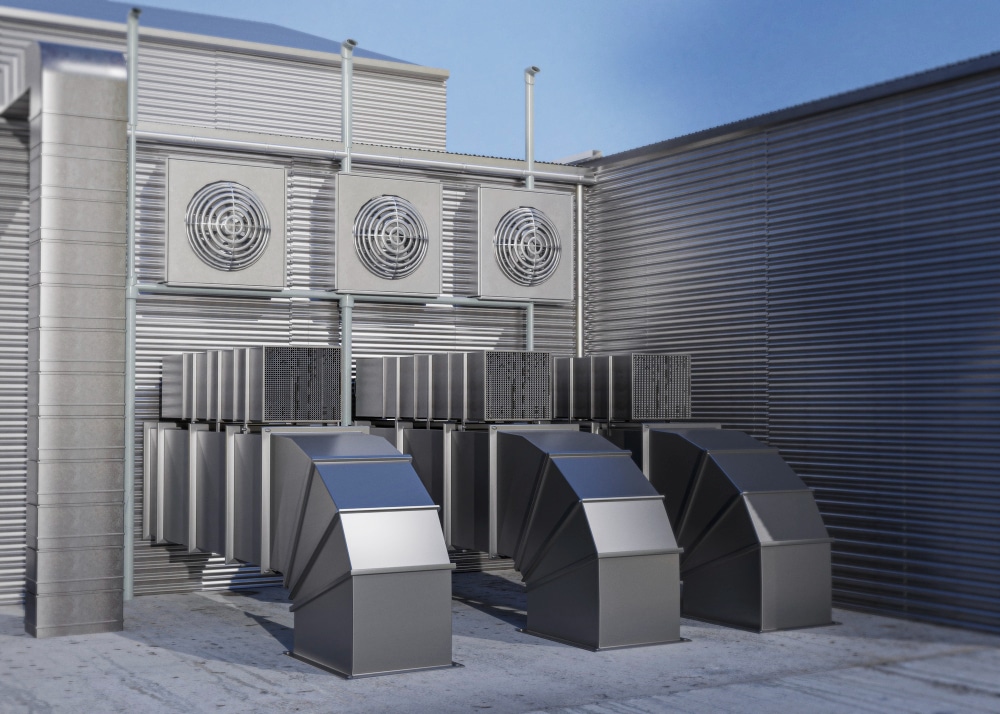
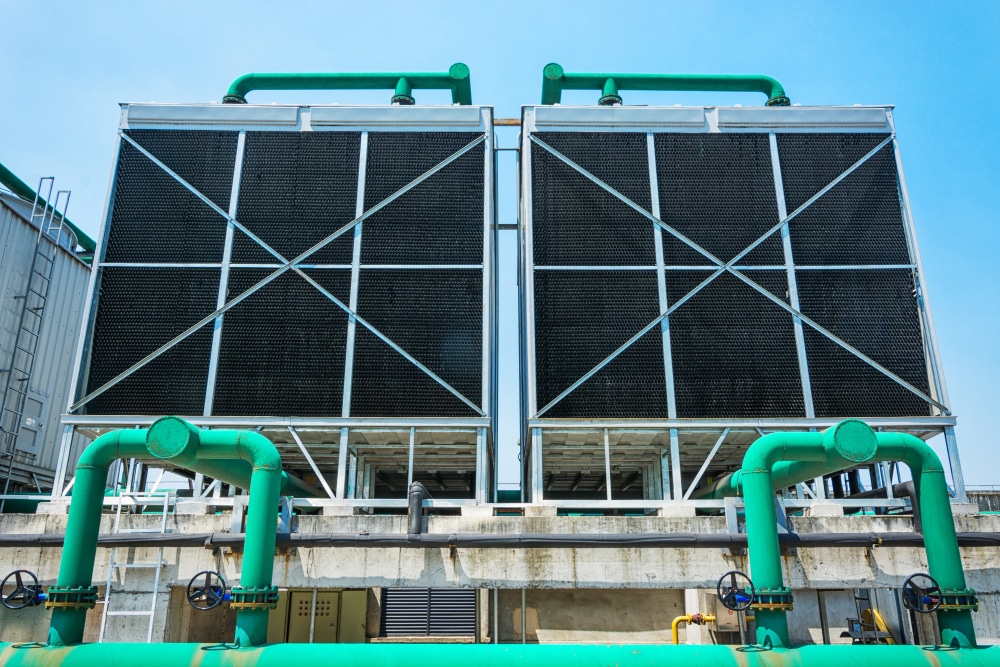
So, let’s delve into the amazing cooling capabilities of radiant floor systems and uncover their potential to transform your indoor environment.
Radiant floor cooling optimizes heat transfer and distribution throughout a building. It circulates a water-glycol mixture through PEX tubing or other types of pipes embedded in the floor. Radiant cooling panels effectively absorb heat from the space by using low-temperature chilled water flowing through a network of pipes buried in the floor, resulting in a refreshing and comfortable ambiance. This unique method offers energy-efficient cooling while maintaining comfort.
One of the remarkable advantages of radiant floor cooling is the ability to create customizable cooling zones within a building. The systems empower users to precisely control the cooling output in different areas, allowing for individual comfort preferences and reduced energy wastage. With this level of control, occupants can tailor their cooling experience to suit their specific needs, enhancing overall satisfaction and well-being.
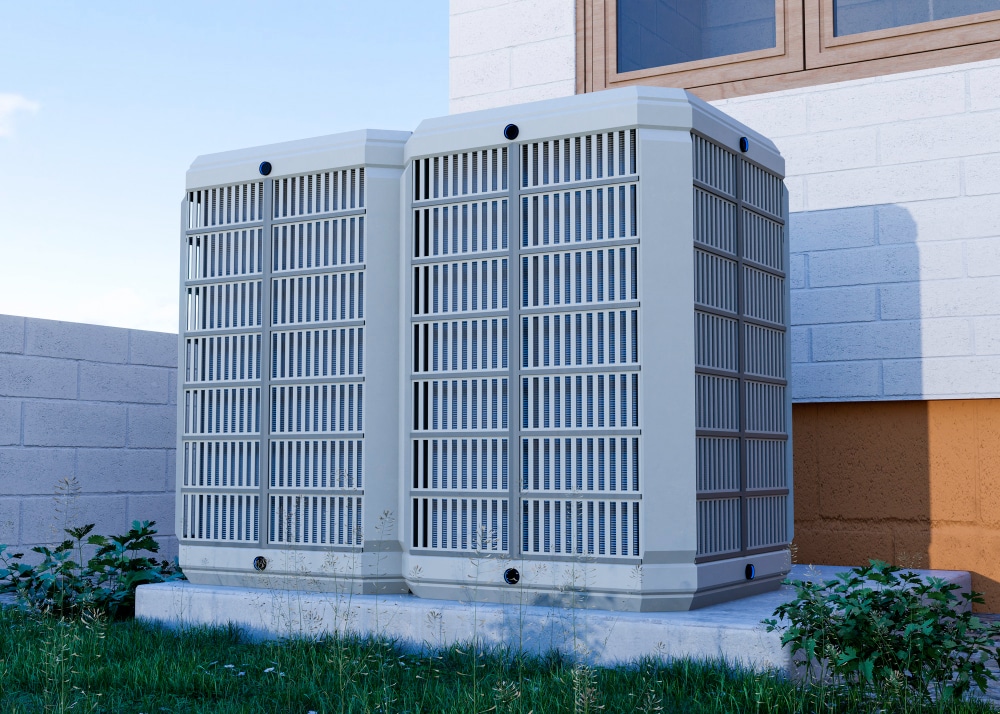
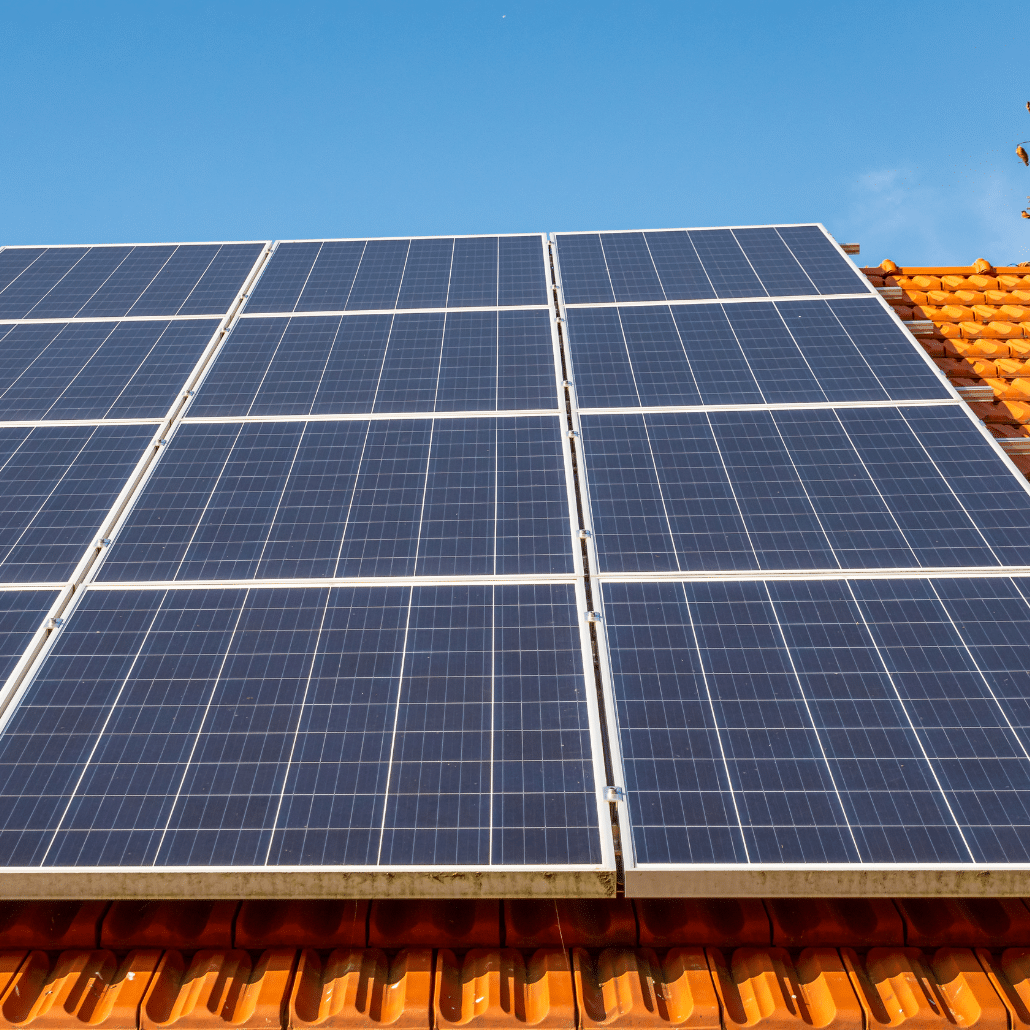
The efficiency and performance of the radiant floor depend on several factors such as Solar Radiation Intensity, Tubing Size, Chiller Capacity, Coolant Temperature, and Amount of Glycol in the Mixture. Radiant floor cooling is most effective in dry climates with low humidity. By lowering the amount of moisture in the air, dry air enhances radiation.
A high sun radiation intensity also boosts the cooling capability of radiant flooring systems by freezing the chiller. As a result, the liquid cools, resulting in a cold room. The flow rate of the cooling tube is another factor that impacts how cold the radiant floor cooling gets. It means that a greater flow rate is required for cooler radiant floor cooling. Another aspect influencing radiant floor cooling efficiency is chiller capacity. A larger chiller capacity means that more heat can be transferred from the glycol-water mixture to the chiller.
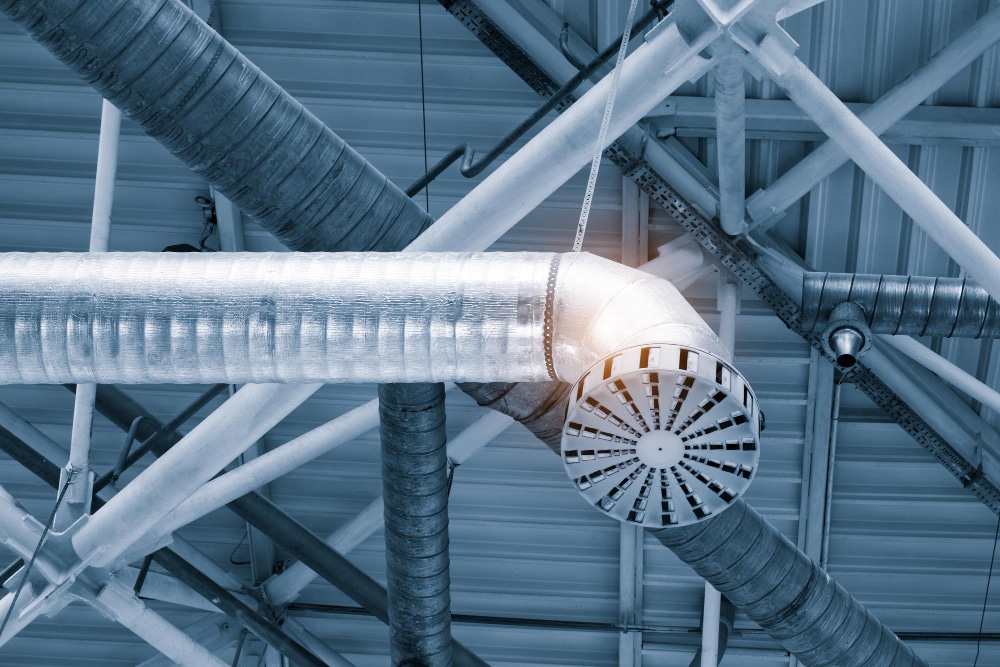
Radiant floor cooling offers a myriad of benefits that make it an attractive choice for both residential and commercial applications. Let’s delve into some of the notable advantages:
Sustainable Cooling Solution:
The system focuses on environmental sustainability and offers eco-friendly cooling alternatives. By integrating renewable energy sources, such as solar power, and utilizing energy-efficient components, the radiant floor cooling systems minimize carbon footprints and contribute to a greener future.
Silent Operation:
In contrast to traditional cooling systems, radiant floor cooling functions quietly, avoiding the noise associated with blowers or fans. This function improves overall comfort and fosters a calm indoor environment, allowing occupants to fully immerse themselves in their activities without interruption.
Improved Indoor Air Quality:
Unlike forced-air cooling systems, radiant floor cooling systems do not rely on blowing air. As a result, the circulation of dust, allergens, and pollutants is reduced, resulting in enhanced indoor air quality. Because radiant floor cooling produces a healthier breathing environment and lowers the risk of respiratory disorders, it is a good solution for people who have allergies or sensitivities.
Design Flexibility:
Radiant floor cooling systems offer unparalleled design versatility, allowing architects and interior designers to create aesthetically pleasing spaces without the need for bulky equipment or visible vents. Unlike traditional cooling systems that require large ductwork or bulky units, radiant floor cooling seamlessly integrates into the architectural design of a space. The absence of visible vents or equipment allows for a clean and uncluttered aesthetic, enhancing the overall visual appeal of the interior environment.
Energy Efficiency:
Radiant floor cooling systems are well-known for their high energy efficiency. These systems use less energy than traditional cooling technologies because they use low-temperature chilled water. Radiant floor cooling’s efficient heat transmission and distribution capabilities ensure that energy is used to its full potential, resulting in lower utility bills and a smaller carbon footprint. Adopting radiant floor cooling benefits not only the occupants but also contributes to a more sustainable future by conserving vital energy resources.
Enhanced Thermal Comfort:
Radiant floor cooling offers superior thermal comfort compared to traditional cooling methods. By directly cooling the floor surface, radiant systems create a more even distribution of coolness throughout the space. This eliminates temperature disparities and cold drafts often experienced with forced-air systems. The gentle and consistent cooling provided by radiant floor systems results in a comfortable environment that promotes relaxation, productivity, and well-being.
Radiant Floor Cooling Applications
Radiant floor cooling systems find applications across various residential and commercial settings, offering versatile solutions to meet diverse cooling needs.
Residential Applications:
Radiant floor cooling is very beneficial in residential settings. Radiant floor cooling provides homeowners with a comfortable and energy-efficient cooling solution for all types of buildings, from single-family homes to apartment complexes. Radiant floor cooling provides personalized comfort while easily integrating into the interior design of a bedroom, living room, or complete house.
Commercial Applications:
Radiant floor cooling is also widely used in commercial structures, such as offices, retail spaces, hotels, and healthcare facilities. The ability to generate customizable cooling zones enables different portions of a commercial building to be separately cooled based on occupancy and comfort requirements. This guarantees adequate cooling while reducing energy consumption, which contributes to greater operating efficiency and lower utility costs.
Specialized Applications:
Radiant floor cooling systems have also gained popularity in specialized environments such as data centers, laboratories, and museums, where maintaining precise temperature and humidity levels is critical. The precise control offered by radiant floor cooling ensures the protection and preservation of sensitive equipment, artifacts, and valuable collections.
How to Choose a Radiant Floor Cooling System?
When selecting a radiant floor system, you need to consider some factors such as climate, building material, and your budget. Radiant floor cooling systems are of two types- Chilled slabs (thermally activated building systems (TABS) and Radiant panels. TABS are more economical than radiant panels. To maximize the performance of the system, lowering the amount of moisture in the air is important because dry air enhances radiation. The material utilized to construct your home will also influence how chilly your radiant flooring becomes. Your radiant cooling will be more effective if your home is made of good heat conductors like concrete, tile, and stone.
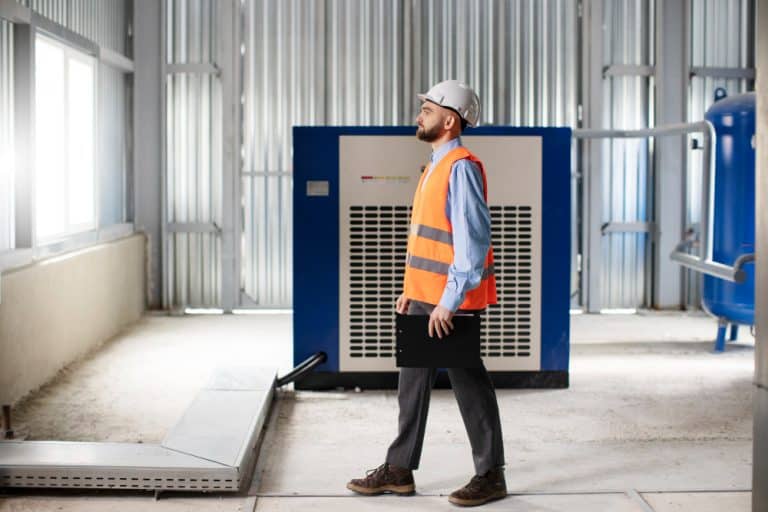
Radiant floor cooling has emerged as a game-changing technology, offering exceptional comfort, energy efficiency, and design versatility. Adding radiant floor cooling solutions can help you experience a new level of comfort while reaping the benefits of reduced energy consumption and enhanced sustainability. With its advanced technology and intelligent automation systems, it provides precise temperature control, adaptability to changing conditions, and optimal energy usage. This level of intelligent control guarantees a comfortable and energy-efficient environment for occupants while minimizing operational costs.